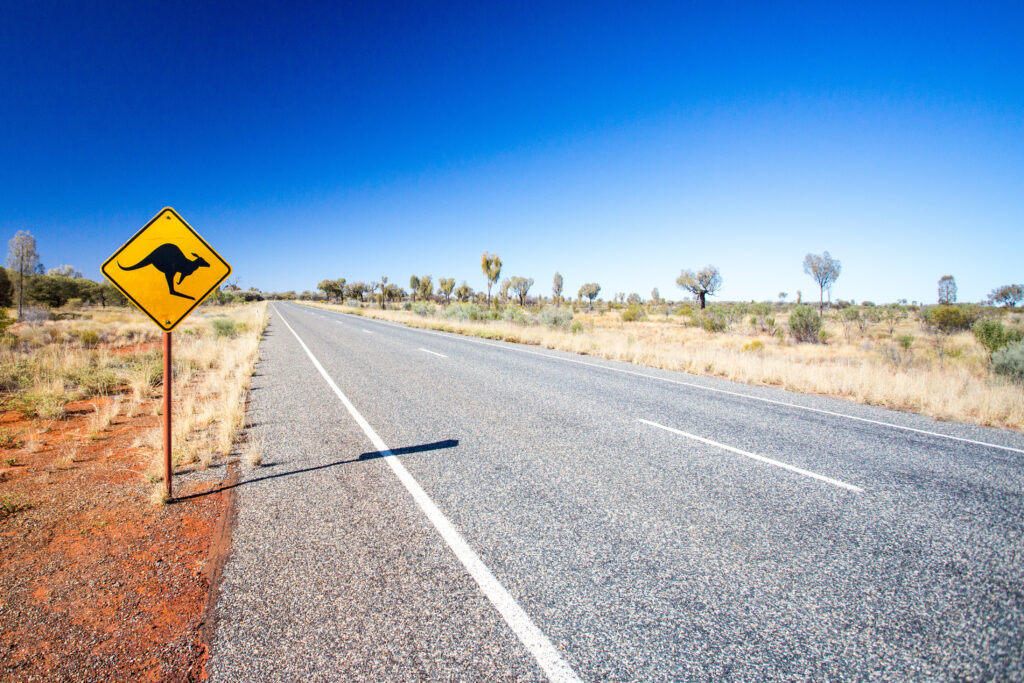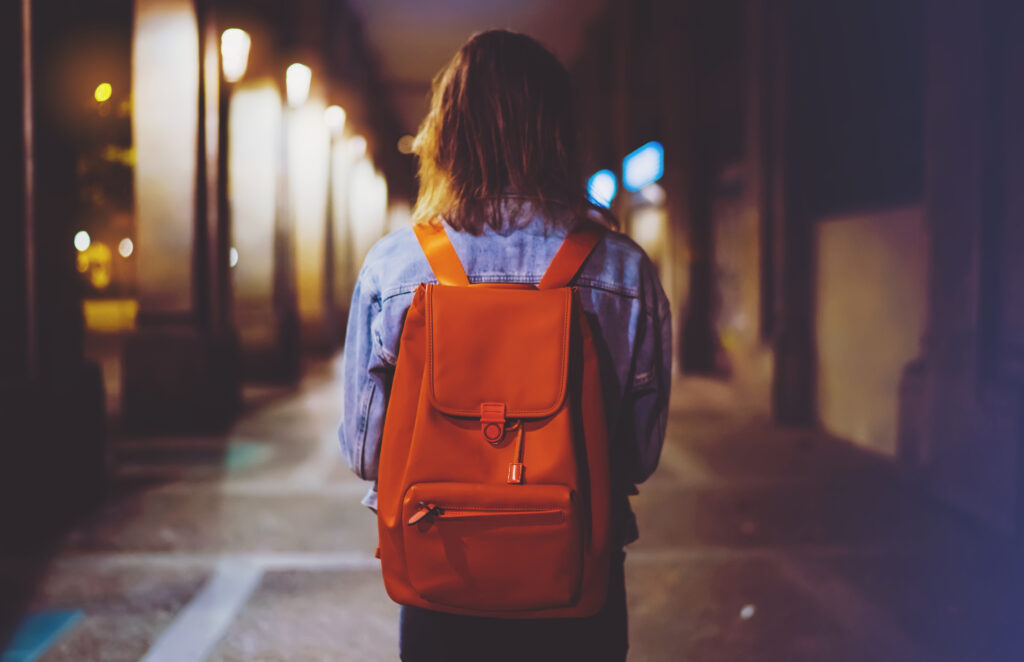Moving to Australia for study is an exciting adventure. With an almost unlimited amount of parks, beaches, mountains and interesting cultural and recreational sights to explore, it’s no wonder that many international tourists and students plan on driving when they arrive. Even just to manage your everyday life, having your own transportation can be super helpful.
But, it’s important to remember that every country (and even every state and territory in Australia!) has its own rules, and it’s up to you to keep on top of them to ensure yours and your fellow road-users’ safety.
Here are some of Australia’s most common road rules and considerations that you’ll encounter, but be sure to check the government transportation website for your particular state to get exact details.
In Australia, we drive on the left
The first rule, and one that is consistent across the whole country, is that Australians drive on the left-hand side of the road, which also means that most of our vehicles are right-hand drive. This might feel a bit strange at first if you’re used to driving on the right-hand side of the road, so make sure you take some time to adjust. Try to stick to low traffic areas for a little while if you are able, so you can get used to it, especially when it comes to using roundabouts or changing lanes/overtaking.
Seatbelts, phones and speed
Compared to some countries, Australia has very strict rules around things like seatbelt wearing or use of handheld devices while driving. These are in place to keep road-users as safe as possible, and it’s really important that you follow them.
It’s a legal requirement for all people travelling in a car (both driver and passengers) to be properly restrained by a seatbelt. This also goes for infants travelling in boosters or car seats. If any passengers in your vehicle are incorrectly restrained or not wearing a seatbelt, you as the driver will receive a fine and possibly lose demerit points from your license.
Mobile phones or other handheld devices are never to be used while driving, even if you’re stopped at traffic lights. You are allowed to use hands-free calling if your phone and car permit (the exception to this is learner drivers and those with P-plates, or a provisional license, who are not allowed to use hands-free).
Speed limits vary from state to state, but things to be considerate of are school zones (usually 40km/h and in place during morning drop-off and afternoon pick-up times), slowing down when you see flashing lights (such as on a police car) and keeping an eye on any signs that signify a change of speed due to specific conditions. Speeding in Australia can result in large fines and loss of demerit points/driver’s license.
Driving under the influence
A fully licensed, non-restricted driver must not exceed a Blood Alcohol Concentration (BAC) of 0.05%. Learner and provisional license holders must have 0.00% BAC. Random breath and drug testing is common in Australia, and penalties are severe for anyone over the legal limit.
Driving in rural or remote areas
If you’re keen on exploring some of the lesser-trodden areas of Australia, make sure you remember the following:
- Australia is abundant with wildlife. Be sure to slow down between dawn and dusk. Never swerve to avoid hitting an animal.
- Rural roads may be unsealed or poorly maintained. Always drive to the conditions and make sure your tyres are appropriate for the types of roads you’re going to be using.
- Make sure you tell someone where you’re going and when you’re planning on returning. Australia is a big country, and if something goes wrong on your drive, you want people to be able to find you.
For more information about driving in a particular state, visit one of the websites below:





